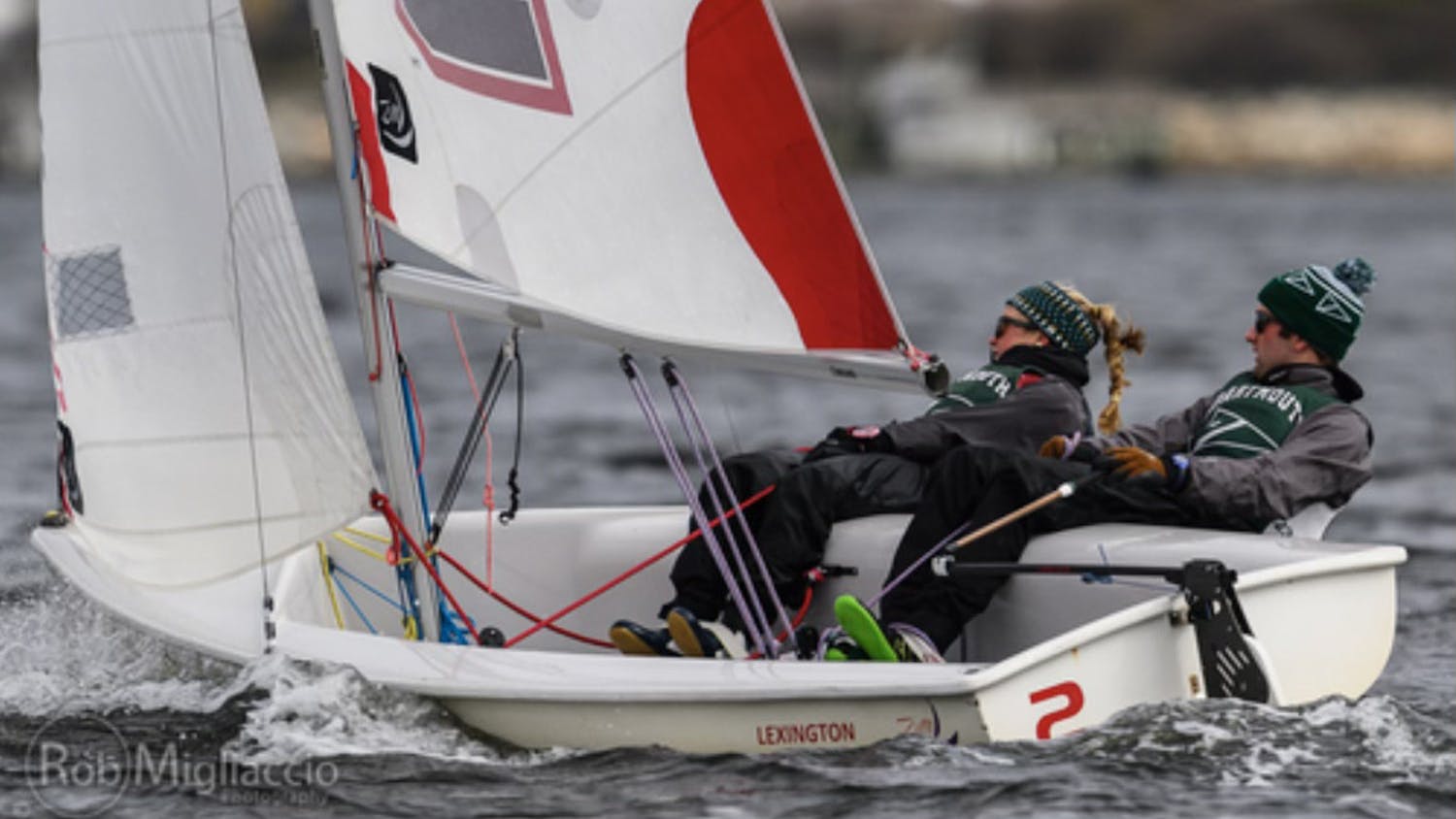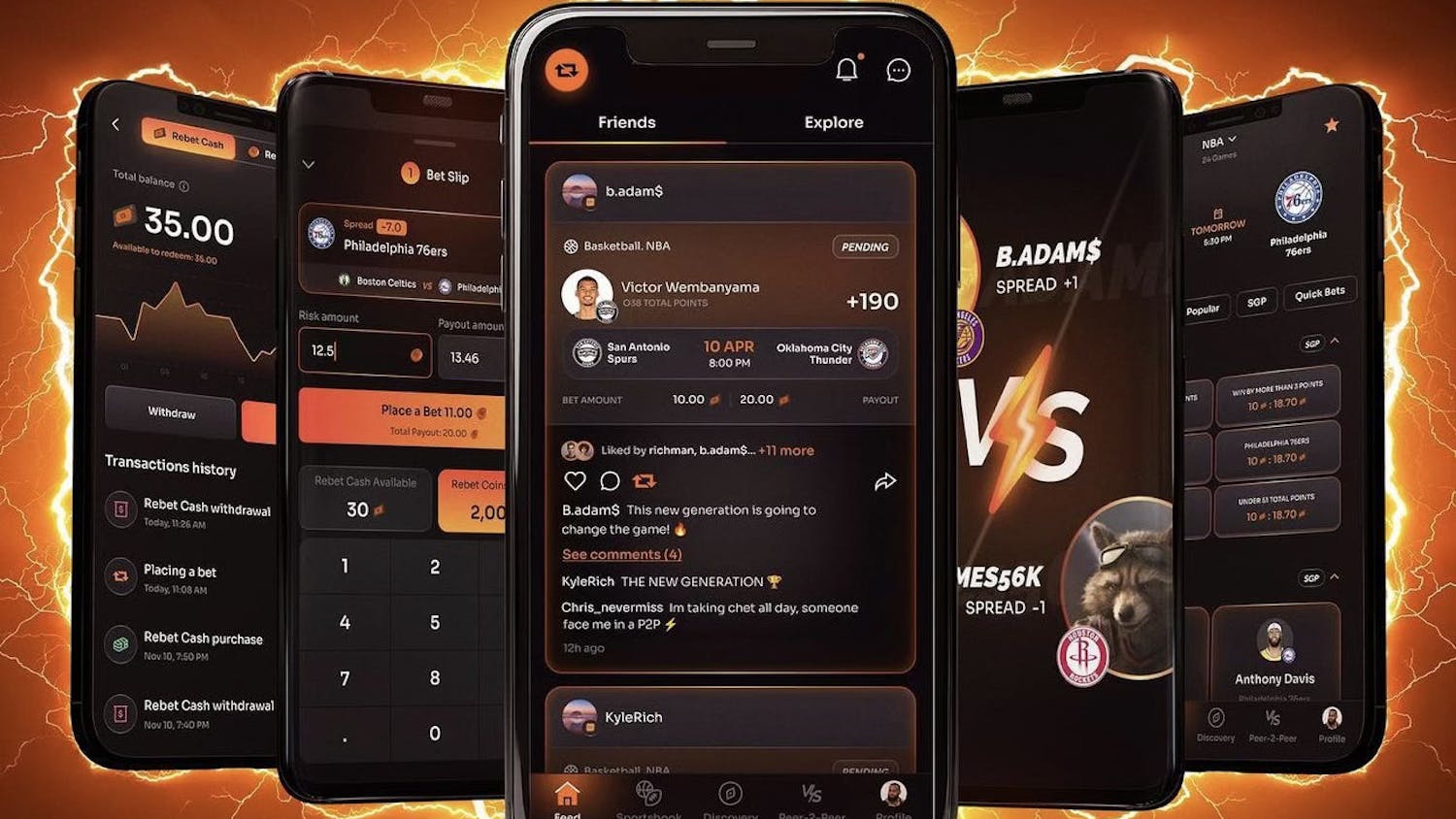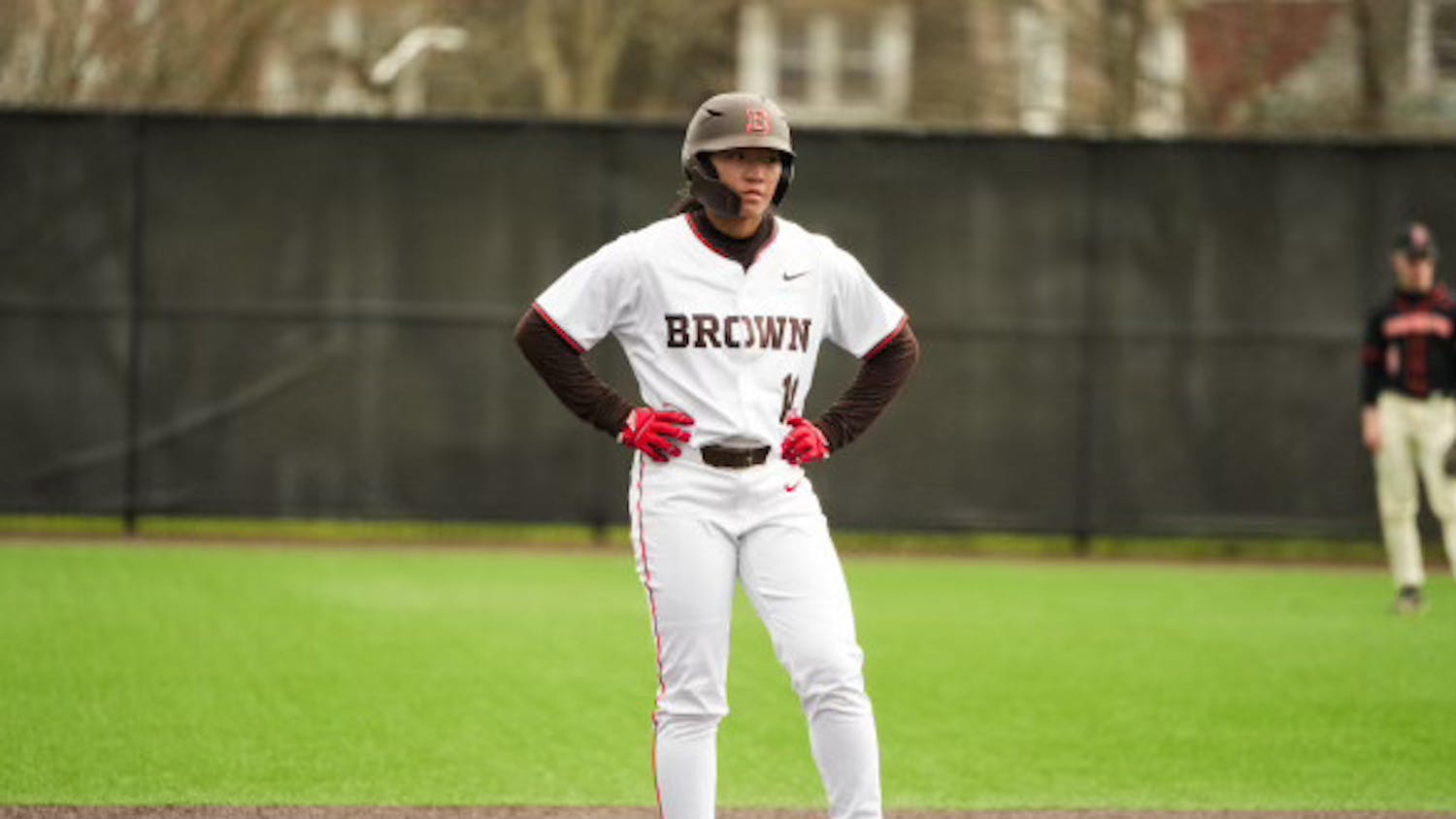Welcome back to The Redshirt Senior, boys and girls. In this week’s news, Nike stock drops $1.1 billion, the University of North Carolina traveled down Tobacco Road and beat its most hated rival on the road, and the NBA is considering lowering the draft age to 18. All of this, believe it or not, originates from one incident.
Only 30 seconds into the first half of last Wednesday’s game between the Duke University Blue Devils and the UNC Tar Heels, Duke’s superstar forward Zion Williamson stepped hard on his left foot while trying to make a play and tore his Nike PG (for Paul George) 2.5 shoe in half, which accounted for Nike’s stock price fall. He then went to the floor clutching his right knee, went to the locker room and did not return for the game.
North Carolina would go on to upset the top-ranked Blue Devils by 16 points, 88-72. In the ensuing media frenzy, many ESPN broadcasters and professional athletes raised some valid arguments regarding the lack of monetary compensation for student athletes and the efficacy of the “one-and-done” rule, as it’s colloquially known.
First, let’s dive into the issue of monetary compensation for student athletes. Common sense tells us that student athletes are students first and athletes second, so they can’t get paid for playing their sport. This has caused the NCAA to bring down the hammer of justice; the most recent high-profile case regarding the University of Kansas’ Silvio De Sousa. De Sousa’s guardian received payment of $2,500 from an agent and booster of the university. The NCAA ruled that De Sousa must sit out the remainder of this season and the entirety of next season, even though De Sousa didn’t directly accept any money. Seems harsh, right?
Some athletes have taken notice. Donovan Mitchell of the Utah Jazz, right after Williamson’s injury, tweeted: “Again let’s remember all the money that went into this game.... and these players get none of it.... and now Zion gets hurt... something has to change @NCAA” (to which Luka Doncic replied, “go play in Europe *shrug emoji* *laughing emoji* *peace sign emoji*”).
Here’s where I take issue with the stance on paying college athletes. Do I think that the current system put in place by the NCAA concerning athletic revenue is flawed? Yes. But that situation will not be resolved by paying players. Whenever the issue of compensation comes up, it inevitably concerns only the elite players in football and basketball. If you pay those players, what should the rowers, track and field athletes, or the golfers be paid? They don’t get nearly as much attention by the national media or bring in as much revenue as football and basketball players do, but these athletes put in just as much work as the football and basketball players. They should be entitled to compensation as well if this argument is made.
As a case study for someone in the same sport as Williamson, take Luke Maye. Who is Luke Maye, you may (no pun intended) ask? Luke Maye was the player who, while ESPN was losing its collective mind over Williamson’s injury, put up 30 points and 15 rebounds in North Carolina’s victory against Duke. That was his 10th double-double of the year, but his name isn’t being shown at every waking moment on ESPN like Williamson’s is. Maye was a three-star recruit and walked on at UNC. Although he’s 6-foot-8 and 240 lbs., he isn’t athletic enough at his size to be considered for the NBA, so he probably won’t have much of a career in the States.
Maye has given four years to North Carolina basketball, winning a championship in 2017 and coming close to another one the year before. He’s playing the best basketball of his career up to this point, and he could make decent money in Europe if he wanted in the future, but the amount of money he’ll make compared to someone like Williamson, no matter if Maye ends up overseas or in an office, is miniscule. In a perfect world, Maye should be able to make hay while the sun shines and make some money off of autographs or a North Carolina-based company endorsement deal. Zion, with the mega shoe deal he’ll inevitably sign once he goes No. 1 overall (which he will because he only has a grade-one knee sprain), will be fine. It’s players like Maye who should be freed from the NCAA’s monetary vice grip on its source of revenue.
Moving on to the one-and-done rule. This the rule that makes players wait until they’re 19 years old and one year removed from high school to be eligible for the NBA draft, resulting in top-tier players often spending just one year in college. Isaiah Thomas of the Denver Nuggets tweeted after the injury: “Let these kids go straight out of HS!!! Too much on the line to be messing with college if you got a legit chance to turn pro. One injury can change somebody career, Zion sit yo a— down lol and we will be ready for you in the big boy league #LookingOutForThePlayers.”
Prefacing my argument by saying it is clearly not my place to assume what these college players should value in their lives — whether it be playing time, money or whatever else — but shouldn’t these NBA players and the media let Zion decide what he wants to do with his life? After Duke came back from 23 points to beat Louisville last week, Zion said, “That’s why I came to Duke, to be a part of games like this.”
It seems like he’s enjoying his time in Durham, at least. I think the one-and-done rule should go because players should have the freedom to choose for themselves if they’re ready to go to the NBA. People make bad business decisions all the time — the NBA should recognize that and get rid of the rule.
I just think everyone should take a deep breath and relax. Duke and Zion will be fine.



